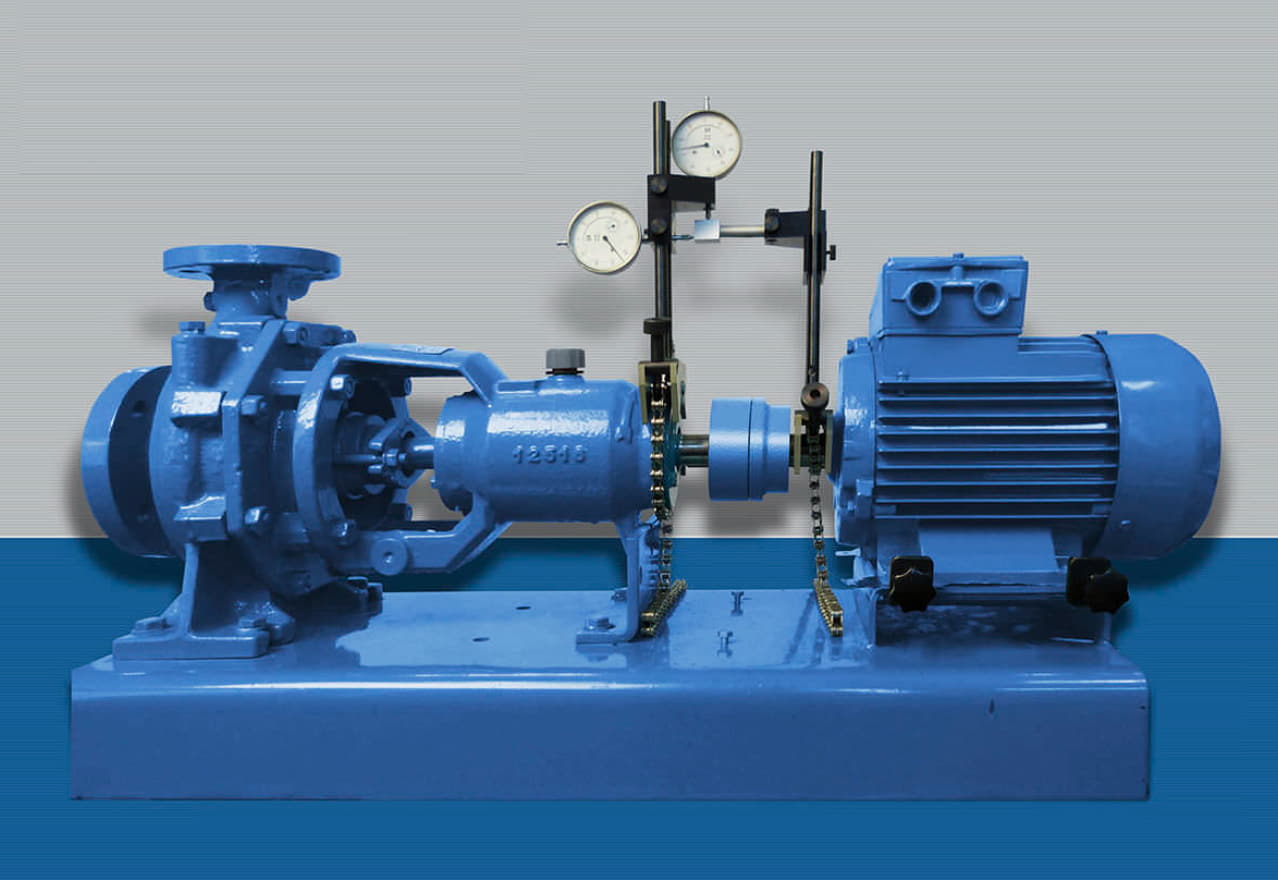In an industrial setting, precision and accuracy are paramount. One area where this rings particularly true is in pump alignment. Misalignment can cause a host of problems including premature wear and tear, increased energy consumption, and even catastrophic failure. To combat these issues, industry professionals utilize specific devices known as pump alignment tools. This article will delve into five strategies that will help you make the most of these tools.
Understand the Different Types of Misalignment
There are two main categories: angular and parallel (also known as offset) misalignment. Angular misalignment occurs when the shafts are not on the same plane, while parallel misalignment happens when the shafts are parallel but not in line. By understanding these distinctions, you can better determine which tool to use and how to use it.
Regularly Perform Preventative Maintenance
Maintaining the alignment of the pump isn’t a one-time task. Instead, it requires regular checks and adjustments to ensure ongoing accuracy. This is where alignment devices come into play. Use them as part of a routine preventative maintenance program to regularly check alignment and make necessary adjustments. This not only prevents future misalignment but also extends the lifespan of your equipment.
Invest in Training
Like any specialized tools, alignment devices require knowledge and skill to be used effectively. Investing in training for yourself or your team can greatly improve the efficiency and effectiveness of your alignment process. Whether this training is in-house or through a professional course, understanding the ins and outs of your alignment devices will undoubtedly pay dividends in the long run.
Utilize Technology
Modern alignment apparatuses offer a range of features that can greatly enhance your alignment process. From digital readouts to software that provides real-time feedback, these technological advancements can make the process of aligning pumps faster and more accurate. Embrace these features and integrate them into your alignment strategy.
Choose the Right Tool for the Job
Not all tools for alignment are created equal. Different models have different strengths and are suited to different tasks. For example, some are designed specifically for certain types of misalignment, while others are more versatile. When choosing your tool, consider your needs and the specific challenges you face in your alignment process.
In conclusion, pump alignment is an essential task in many industrial settings, and having the right strategies in place for using alignment tools can greatly improve the effectiveness of this process. By understanding misalignment, performing regular maintenance, investing in training, utilizing technology, and choosing the right pump alignment tools, you can ensure that your alignment process is as accurate and efficient as possible.


Website KRAKEN — это уникальный инструмент, предназначенный для пользователей, ценящих приватность и protection при совершении сделок в даркнете. Маркетплейс KRAKEN предоставляет удобный интерфейс, который позволяет быстро находить products и совершать purchases, оставаясь при этом анонимным и защищённым от посторонних глаз.
Платформа KRAKEN использует modern технологии для обеспечения защищенности данных, а также для того, чтобы гарантировать безопасность каждой транзакции. Сайт использует заменители для обеспечения стабильного доступа, благодаря чему пользователи могут всегда быть уверены в availability площадки, даже если возникают блокировки.
Для удобства пользователей, KRAKEN предлагает интегрированные способы пополнения баланса, включая биткойн. Пополнение счета и проведение operations становятся максимально простыми и быстрыми, что существенно сокращает время между пополнением и покупкой. Все данные проходят шифрование, что добавляет дополнительный уровень security.
К тому же, KRAKEN имеет помощь, которая работает круглосуточно, чтобы каждый пользователь мог быстро разрешить свои вопросы и проблемы. Это важный аспект для тех, кто впервые решает начать торговать на даркнет-платформе. instructions по регистрации и использованию сайта предоставляются на понятном языке, что делает процесс входа на сайт быстрым и удобным для каждого пользователя.
вход kraken
купить окна в Москве
3. Закажите окна любого масштаба с нами — мы справимся!
Source:
купить окна в Москве